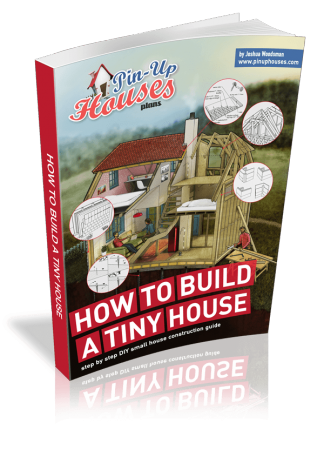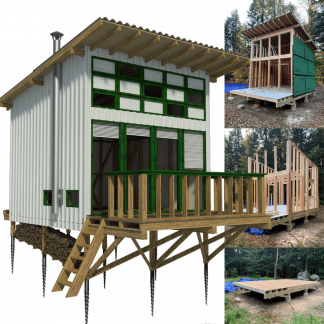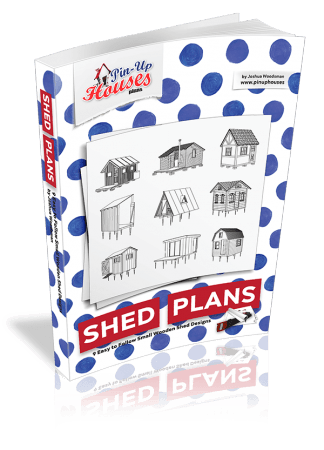
The notion of “home” has traditionally been anchored in the physical—walls that housed memories, neighborhoods that shaped identities, and routines that wove days into years. But in an age where career opportunities, familial obligations, and personal growth increasingly demand mobility, the concept of home is evolving. It is no longer a fixed point on a map but an adaptable sentiment that moves with us.
As distance becomes part of more people’s everyday stories, what defines home shifts from a physical location to something much more fluid—deeply personal, yet universally resonant.
The Emotional Weight of Leaving
Departing from a familiar environment is more than just a change of scenery—it is a form of emotional severance. Each corner of a former home holds fragments of lived experience, whether joyful or painful. Walking through rooms one last time becomes a reflective ritual, not unlike flipping through the pages of a well-read book. It’s not just about leaving a house behind but saying goodbye to a version of oneself that existed in that place. The echo of laughter in the living room, the comfort of habitual morning coffee spots, or even the neighborhood sounds that once annoyed but now seem oddly endearing—all contribute to the composite definition of home.
Making the Transition Smoother: Professional Help Matters
One of the most emotionally and physically taxing aspects of relocating, especially across states or regions, is the actual move itself. The act of packing, organizing, and coordinating logistics can quickly become overwhelming. For many, the journey to redefining home begins with a simple, practical decision—outsourcing the move to professionals. Utilizing the services of long distance movers like Coleman ensures that the logistics are handled with care and expertise, giving individuals and families more bandwidth to process the emotional dimensions of the transition.
When the stress of moving is offloaded, the mind can shift its focus from the chaos of boxes and schedules to the far more critical task of acclimatizing emotionally to a new environment. This early decision can set the tone for how the new chapter unfolds, turning what could have been an anxious beginning into one that feels intentional and grounded.
New Spaces, New Rhythms
As the boxes are unpacked and furniture is arranged in the new space, an intangible process begins—turning the unfamiliar into the familiar. But this does not happen overnight. The rhythm of the new place takes time to understand. From learning where the light falls best for morning coffee to establishing new routines, every act becomes a quiet claim over the space.
These new patterns do not erase the old ones; rather, they layer themselves on top. It’s in the silent decision to hang a photo in the hallway, to sit in a particular corner for evening reading, or to walk the same route every morning. These acts of repetition and comfort help in constructing a new sense of home.
It is important to recognize that this new rhythm doesn’t need to mimic the old. In fact, trying to recreate the past can often hinder emotional settlement. Letting the new environment guide the structure of daily life allows a more organic relationship with the space to form. It’s not about replacement—it’s about reinvention.
Connections that Redefine Space
One of the most profound changes in how home is defined comes from the people around. Relationships serve as emotional anchors, offering stability amidst geographic change. Whether it’s old friends kept alive through technology or new connections forged in the local community, relationships bring warmth and belonging to any space.
Over time, the narrative of home shifts from being place-centric to people-centric. A video call with family, a spontaneous gathering with neighbors, or a quiet evening with a newfound friend can all breathe life into an otherwise unfamiliar dwelling. The feeling of home, then, becomes a tapestry of human connections, stitched together across both space and time.
These connections act as bridges, enabling the emotional and psychological transition from one chapter of life to another. They reaffirm the idea that home is not where one lives but where one is understood and loved.
Memory as a Mobile Anchor
Memories play a critical role in anchoring the idea of home. They serve as emotional souvenirs, portable and enduring. A child’s drawing on the fridge, a favorite book on the nightstand, or even the scent of a familiar dish being cooked—each holds the power to make a space feel lived in and loved.
But memories are not just backward-looking; they also provide the groundwork for new moments. By consciously incorporating familiar elements into a new environment, individuals can foster continuity without clinging to the past. It’s in this delicate balance that a more expansive idea of home can emerge—one that embraces both memory and possibility.
These memory anchors also act as emotional safeguards. During moments of doubt or discomfort, they offer solace. They remind individuals of resilience, of previous transitions that were once daunting but are now cherished stories. This perspective builds confidence and encourages adaptability.
Identity and the Geography of Self
A long-distance move often catalyzes introspection. Stripped of familiar contexts and external affirmations, individuals are compelled to confront who they are, independent of where they are. In this space of reevaluation, the concept of home stretches beyond geography and into identity.
Redefining home becomes a journey of self-definition. The new environment becomes a mirror, reflecting parts of oneself that may have been dormant or unexplored. Without the noise of the familiar, inner voices become clearer. Preferences, values, and aspirations gain sharper focus, allowing for a more intentional life to unfold.
This stage can be both liberating and disorienting. Yet, it is often through this very discomfort that deeper truths are uncovered. Home, then, becomes not a static destination but a dynamic relationship with oneself.
Home isn’t just a place anymore—it’s a feeling, a series of choices, a rhythm of life. When distance becomes part of the story, it challenges old definitions and beckons the creation of new ones.








